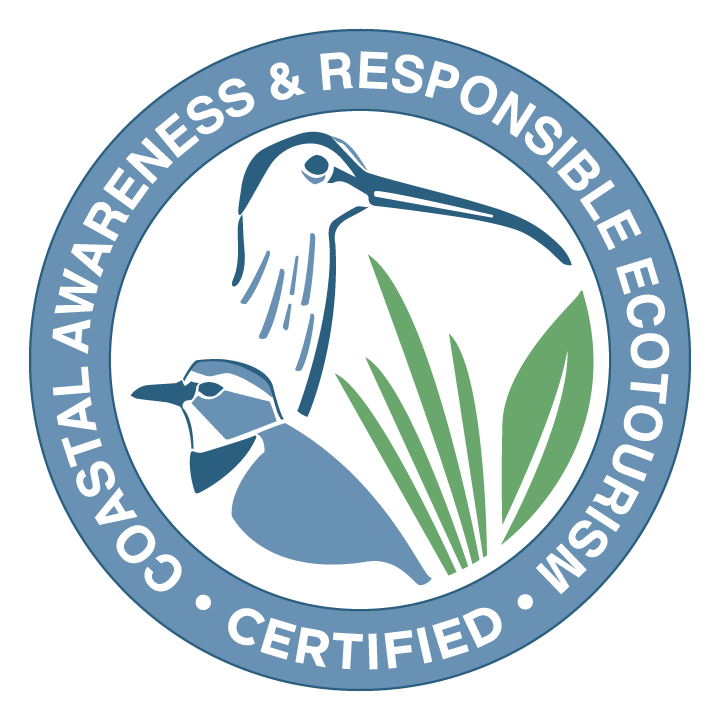Glossary
Abiotic; Non-living factors in an environment e.g. the chemical and physical factors which are not alive.
Annelids; Segmented worms whose bodies are made up of ring-like segments.
Benthic: The bottom of a body of water i.e. the ocean floor.
Bioluminescent; The light given off by a living organism, bioluminescent quite literally means living light.
Chordate; Any member of the phylum Chordata. They all have a notochord, a stiff supporting rod.
Cilia; Small, hairlike structures that protrude from certain cells. Often used for locomotion and movement of fluid.
Codophore; A tail attached to some doliolids made up of new baby doliolids.
Crustacean; A group of animals that are mainly aquatic, have hard shells, jointed legs and are invertebrates.
Decapoda; A group of animals that have ten legs, deca meaning ten.
Detritus; Dead matter, can be plant or animal matter that is no longer living.
Diel Vertical Migration; The daily synchronized movement of zooplankton between the surface and deeper ocean levels.
Gastropod; A type of mollusk that has a foot, a mantle and some have shells e.g. snails, while others do not e.g. slugs .
Holoplankton; Organisms which spend their whole lives in a planktonic form.
Invertebrate; An animal with no backbone
Larvae; The young, immature form of an animal which often looks very different from the adult.
Medusa; A life stage of some animals, like jellyfish, that can freely swim.
Meroplankton; Organisms which have a planktonic life stage along with another i.e. benthic, nektonic.
Nauplius; The first life stage of many crustaceans e.g. crab, shrimp, lobster.
Nekton; Aquatic organisms which are able to swim and move independently of water currents.
Nematocysts; The stinging structures found in some animals, like jellyfish and sea anemones. These are important in defense and capturing prey.
Notochord; A flexible rod that runs along the back of some animals during early development for support and structure.
Parapodia; A modified foot, found in pteropods, that is used for swimming.
Proboscis; long, tube-like mouthpart used to suck up food and fluid.
Photic Zone; The upper 200m of the ocean that receives sunlight.
Phytoplankton; Microscopic plants that make up the autotrophic portion of the plankton community.
Plankton; Aquatic organisms which cannot swim against ocean currents.
Planula larva; Very young larval form which is usually oval or oblong with cilia for swimming.
Radially symmetric; When an animal’s body is arranged in a circle around a central point.
Sessile; When an animal does not move, it spends its life in one position.
Siphon; A tube-like structure used by some aquatic animals to move water in and out of their bodies. This is often useful for feeding, breathing and mobility.
Stomatopods; An order of marine crustaceans that have gills on their abdominal appendages.
Water Column; A vertical section of water, from the surface to the bottom.
Zooplankton; Organisms which make up the ‘animal’ portion of the plankton community.
